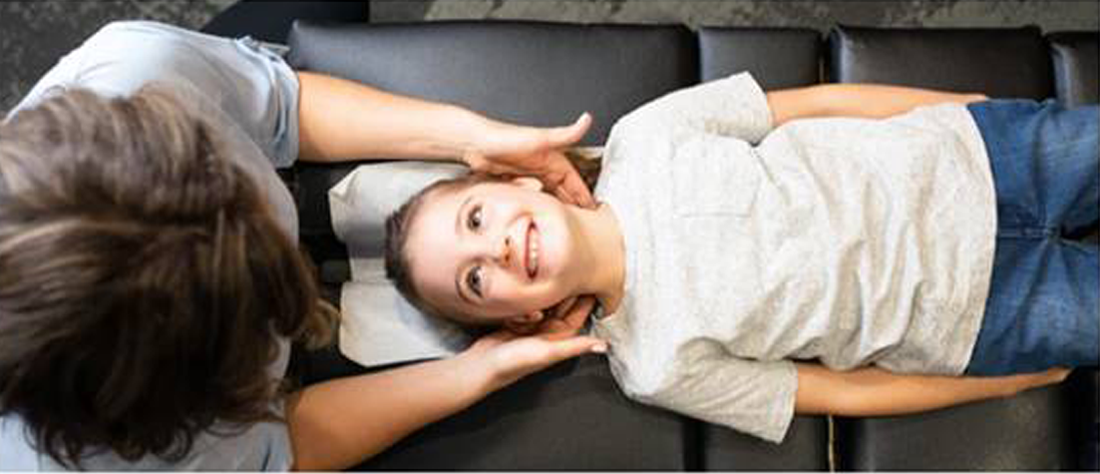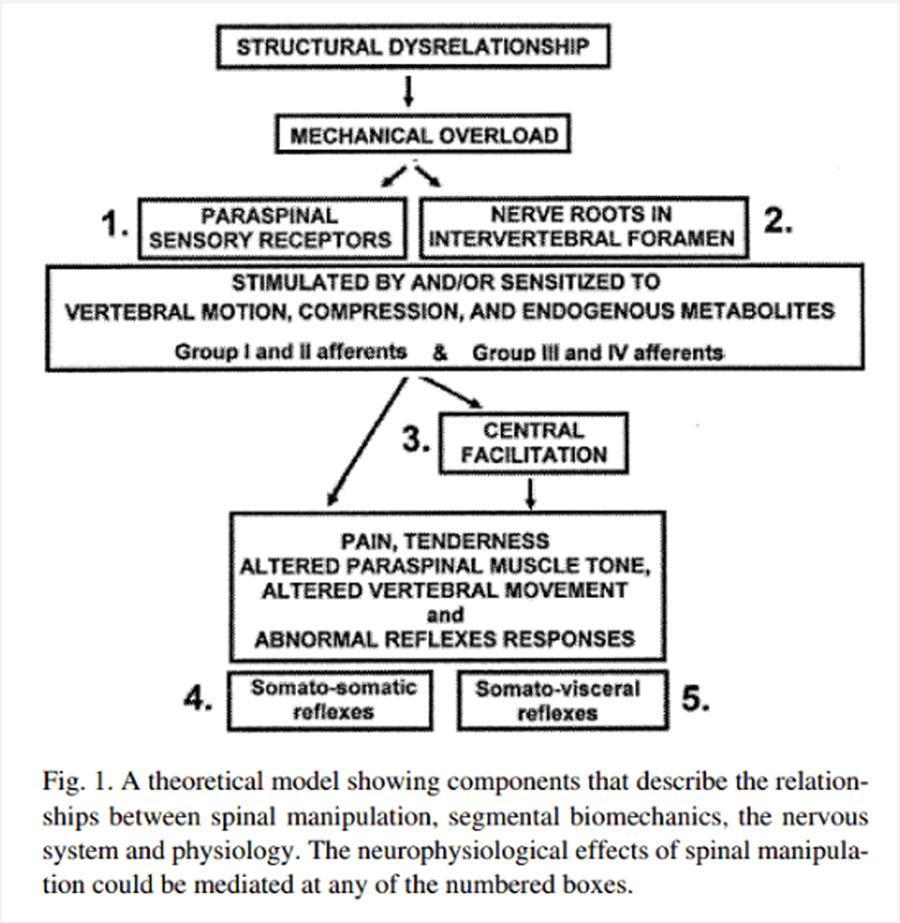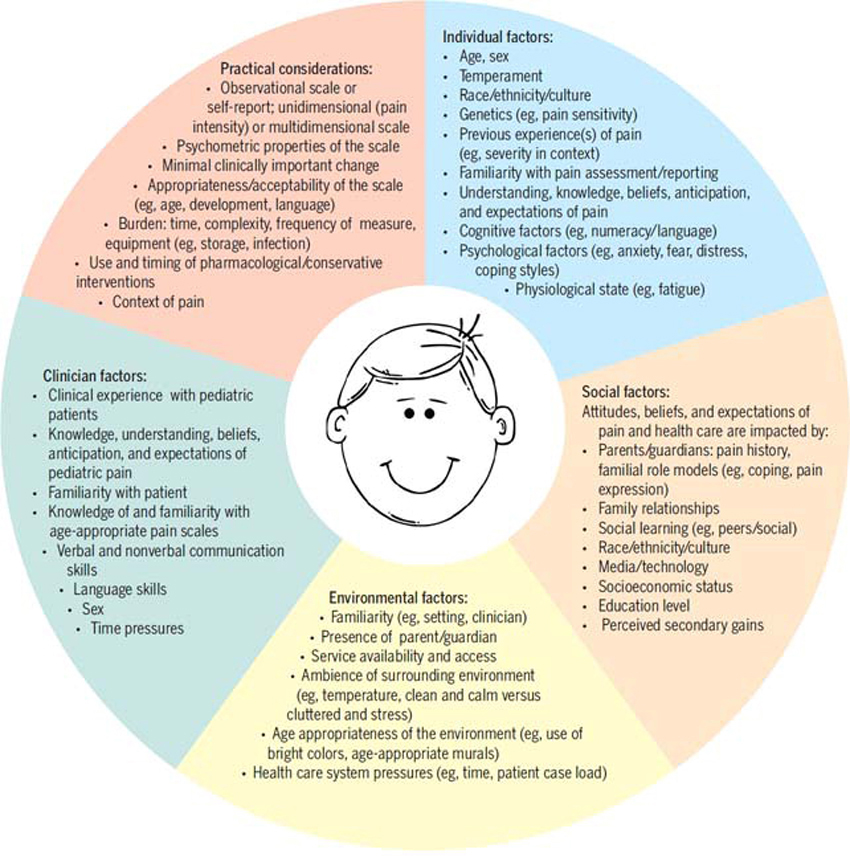Pain Characteristics of Adolescent Spinal Pain
SOURCE: BMC Pediatr. 2015 (Apr 17); 15 (1): 42 ~ FULL TEXT
Brigitte Wirth and B Kim Humphreys
Institute of Human Movement Sciences and Sport,
ETH Zurich, Wolfgang Pauli Str. 27,
Zurich, 8093, Switzerland
BACKGROUND: Although adolescent spinal pain increases the risk for chronic back pain in adulthood, most adolescents can be regarded as healthy. The aim of the present study was to provide data on localization, intensity and frequency of adolescent spinal pain and to investigate which physical and psycho-social parameters predict these pain characteristics.
METHOD: On the occasion of Spine Day, an annual event where children and adolescents are examined by chiropractors on a voluntary basis for back problems, 412 adolescents (10 to 16 years) were tested (by questionnaire and physical examination). Pain characteristics (localization, intensity, and frequency) were identified and evaluated using descriptive statistics. Regression analyses were performed to investigate possible influencing psycho-social and physical influence factors.
RESULTS: Adolescents who suffered from pain in more than one spinal area reported higher pain intensity and frequency than those with pain in only one spinal area. Sleep disorders were a significant predictor for pain in more than one spinal area (p < 0.01) as well as a trend for frequent pain (p = 0.06). Adolescents with frequent pain showed impaired balance on one leg standing with closed eyes (p = 0.02).
There are more articles like this @ our:
Chiropractic and Pain Page and the:
CONCLUSIONS: Studies on adolescent spinal pain should report data on pain frequency, intensity and localization. Adolescents who present with pain in more than one spinal area or report frequent pain should be followed carefully. Reduced balance with visual deprivation might be a physical indicator of a serious back problem.
From the Full-Text Article:
Background
Back pain starts early in life and its prevalence increases with age, accelerating in the early teens around the age of 12 to 15 [1-3] and reaching adult prevalence by the age of 18. [1, 4] As for low back pain (LBP), an eight-year follow up from adolescence to adulthood showed a fourfold increase in the risk of adolescent LBP becoming LBP in adult life. The longer the duration of LBP in adolescence, the higher was the risk for persistent LBP in adulthood. [5] Thus, it was postulated that the focus of research, prevention and treatment in this area should be changed from the adult to the young population. [5]
Nevertheless, fostering fear-avoidance beliefs by medicalization of the problem should be avoided. [6] It has been reported that the vast majority of adolescents with LBP should be considered as healthy, because LBP had little effect on health-related quality of life. [7] A recent study in this field identified four co-morbidity clusters in adolescents with LBP at the age of 17 years [8]: About 80% of the adolescents could be assigned to the ‘healthy individuals cluster’. These subjects had low probability of being diagnosed with LBP or any other medical condition and the experience of LBP could be considered as relatively benign. About 10% of the adolescents were in the ‘spinal pain cluster’, indicating high probability of being diagnosed with both LBP and headaches, in the absence of other co-morbidities such as sleep disorders or psychological problems, which are common symptoms of widespread pain disorders. In contrast, the subjects in the ‘LBP and depression/anxiety disorders cluster’ (7%) and those in the ‘LBP and behavioral/attention disorders cluster’ (4%) exhibited an increased probability of having diagnosed sleep disorders and headaches along with the corresponding psychological problems. The findings in the latter two clusters were linked to a possible dysregulation of the hypothalamic-pituitary-adrenal axis. [8]
SOURCE: Read the rest of this Full Text article now!






Leave A Comment